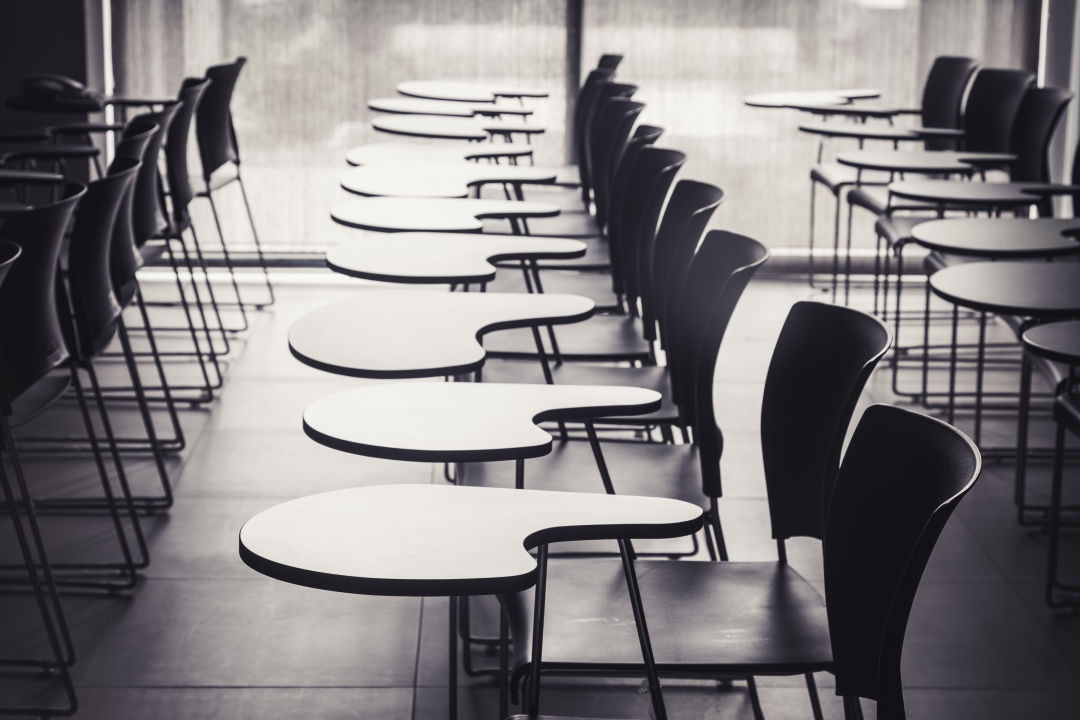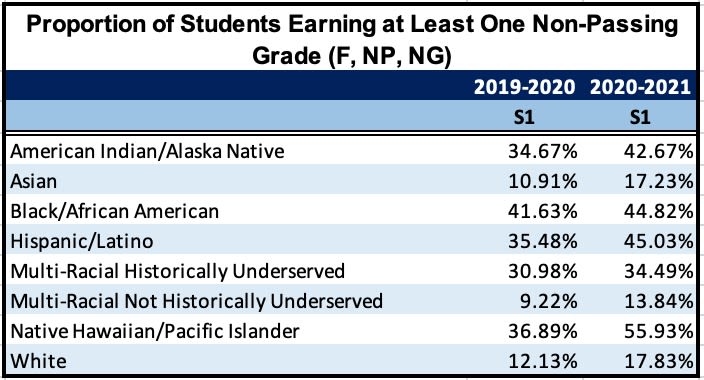New Data Shows Sliding Grades for Portland High Schoolers

It's been almost a year since many Oregon students have been inside a classroom. For some high schoolers, their grades are sliding.
Image: VTT Studio/Shutterstock
Across all demographics, significantly more high school students in Portland Public Schools are getting at least one F or incomplete on their report cards during remote learning than during the same time period last year, according to newly released data from the district.
The grading report, which covers the start of the school year through January 28, sheds new light on why district officials have sounded increasingly urgent in recent weeks about the need to return to in-person learning even in middle and high schools, even though no labor agreement on working conditions with teachers is in place for elementary schools, let alone higher grades.

The grade drops are worst among Pacific Islander high school students, among whom almost 56 percent were earning at least one F or incomplete grade by the end of the first semester, a jump of nearly 20 percentage points from the 2019-2020 school year. (Interestingly, parents of Pacific Islander K-5 students are among the most likely to tell the district that they’d send their kids back in April if they could, with 68.9 percent of those surveyed saying they would like to return.)
Other demographic groups that have seen significant increases in the percentages of high schoolers receiving Fs or incompletes during distance learning include Latino/Hispanic students, Asian students, and Indigenous students.
It’s the latest in a torrent of data that suggests remote learning is taking a toll on many students; chronic absenteeism is also up across the board among all almost all groups in middle and high school in Portland, though some families say their students are thriving in virtual education.
And it is against this backdrop that contentious negotiations over working conditions around a return to school are unfolding in metro-area school districts. Among those, a small handful, including in Lake Oswego and West Linn-Wilsonville, two comparatively wealthy suburbs, are already open for hybrid learning for the youngest students, and have announced plans for a return for older kids. A second wave of districts, including Portland and Beaverton, are aiming for an April opening, pending agreement from educators and support staff.
Meanwhile, in Eastern Multnomah County, home to some of the most demographically diverse and highest needs populations in all of Oregon, most districts are only currently planning for “limited in person instruction” which brings only a small fraction of kids back to school for academic interventions.
Parents are weighing in, too. An ongoing PPS survey of K-5 families has reached 80 percent of all those with elementary students and overall, 63.9 percent say they’d send their children to school this spring if possible, even if only for a few hours each day. That figure waxes and wanes across demographic groups, but clear majorities across the board say they’d like to return.
Many teachers—though not all, particularly since receiving their full dose of vaccines—remain hesitant about any return to the classroom. According to a PAT survey presented Thursday, only 45.7 percent of elementary school teachers say they’d be comfortable returning to an indoor classroom this spring.




